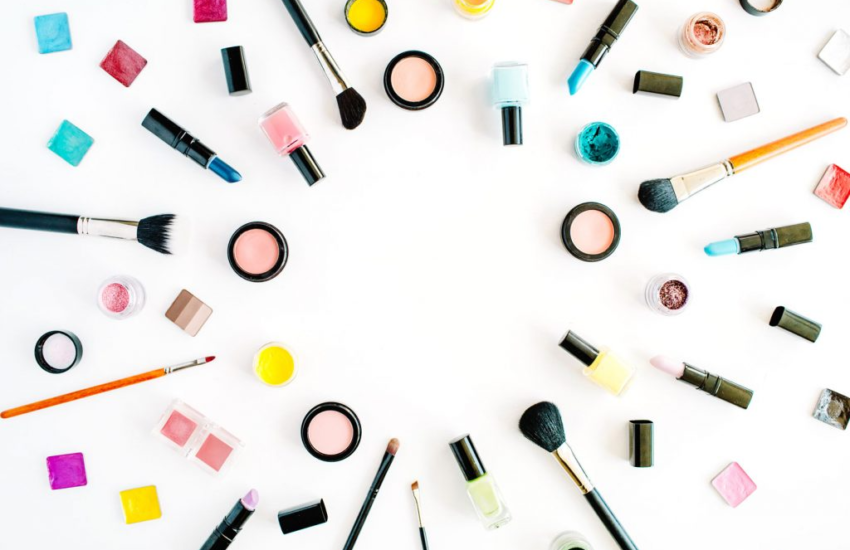Everything You Need To Know About The Snake Bite Piercing
For all those who are wanting a look a little more bolder, think about getting a snake bite piercing. The snake bite piercing is distinguished by its striking appearance; it’s difficult to overlook the two big piercings that are located immediately below your bottom lip. The name of the piercing derives from the appearance it provides you, as if a snake just bit you or that you had snake fangs. With the suitable jewelry, these eye-catching lip piercings can be a beautiful touch to your appearance. Check out our helpful guide for everything you need to know about this piercing before rushing off to your preferred piercing parlor. So, let’s get started.
What Exactly Is A Snakebite Piercing?
Two piercings on your lower lip, close to your mouth’s corners, are what make up a snakebite piercing. The placement of the piercing is similar to a snake bite, as the name implies. Both rings and labret studs can be used to pierce snake bite piercings, and each one produces a distinctive appearance.
Which Jewelry Types Are Used For This Piercing?
Your jewelry alternatives for snake bites include rings and labret studs. A bar with a stud or other adornment on one end and a flat plate on the other that rests against the inside of the lip is referred to as a labret stud. Rings are simply rings that wrap around the lip.
What Materials Should Piercing Jewelry Be Made Of?
The type of material used in piercings is important. It’s necessary, especially for mouth piercings in which the jewelry may come into contact with your teeth and gums. So, select jewelry crafted from:
- Surgical steel: Other alloys, such as nickel, can be found in surgical steel jewelry. And it suits most people. The majority of people can safely use it because of its typically low release.
- Titanium: Nickel-free and risk-free, implant-grade titanium is available. Even though it is more expensive than stainless steel, it is a superior choice if you are sensitive to other metals.
- Gold: Gold should be 14k or higher. Make sure the gold is real and not gold-plated or filled if you decide to go for it. Check out for gold overlay or vermeil, which have other alloys under a thin layer of gold that might chip or wear off.
- Niobium: Niobium is inexpensive, lightweight metal is identical to titanium, but lacks the implant-grade designation.
Even if it all seems a little technical at this time, it will come in handy if you decide to do more research. You can learn more about the materials used by your piercer from them.
Does A Snakebite Piercing Hurt?
Yes, it will hurt. It’s difficult to determine how much it hurts because it relies on your personal pain threshold. Even these snake bite lip piercings appear to be terrible, they are often not as painful as other lip piercings, particularly ones that penetrate through the actual lip. On a pain scale with a maximum of 10, those who have had it done rate the pain at about 3 to 5. For many people, the clamping is worse than getting their pierced.
How Long Does It Take For A Snake Bite To Heal?
Depending on how well you care for it, your piercing should heal in 4 to 6 weeks. As you proceed through the stages of healing, the discomfort may subside after up to a month. The duration of swelling may be between three and five days, but by switching to cold beverages, you can shorten it. Of course, they are just general guidelines. Each person heals in a different way. Healing could require more time if you smoke or have health issues. Your general health and the level of skill of your piercer have an impact on how long it takes for you to heal.
How Is A Snakebite Piercing Done?
The procedure for having this kind of piercing is comparable to most others lip piercing. Every piercing appointment starts with a consultation to go through the piercing and the jewelry you choose. Additionally, you will have to complete some documentation, including a consent.
Here are the next stages after that:
- The lower lip’s surrounding skin will be disinfected by the piercer.
- You will use an antibacterial mouthwash to rinse your mouth and remove any bacteria.
- They will then mark the piercing spots with a body marker and ask you whether you are satisfied with the placement.
- They will pull your lower lip downward and away from your teeth and gums using a clamp.
- They will next insert a needle inside your lip. Before proceeding on to the piercing on the other side, they will first insert the jewelry and secure it.
- The area will be thoroughly cleaned once more by your piercer.
- You will receive instructions for aftercare to follow.
Good Read: Pro vs. DIY: Should You Clean Your Own Jewelry?
What Are The Possible Risks Of Getting This Piercing?
The snake bite piercing has a few possible side effects, just like any other piercing. Fortunately, they can all be avoided with the right care and experienced piercing professionals. The following complications and risk should be on the lookout for:
- Infection: Your piercing is susceptible to infection if the necessary aftercare is not followed. Following a piercing, any rapid rise in discomfort, redness, or swelling should serve as a warning because these could be signs of an infection. An infection can result from bacteria that enters your mouth while eating, touching it, kissing, or engaging in oral sex. You could get tetanus or HIV if the piercer uses dirty tools.
- Swelling: The places where snake bite piercings occur frequently experience some swelling. You might want to think about obtaining help from a piercer or a doctor if it lasts more than a week after getting it newly pierced or if the swelling comes unexpectedly.
- Gum or tooth damage: The jewelry rubs up against your gums and teeth as you talk or chew. This could hurt your gums and erode the enamel on your teeth.
- Tearing or trauma: When completing routine tasks such putting on a sweater, styling long hair, or smooching, lip jewelry is easily snagged.
What Sort Of Aftercare Is Involved?
In order to heal properly, you must practice good aftercare. Additionally, it aids in lowering the possibility of problems.
- Do not touch your piercing or clean it without first washing your hands.
- After waking up, eating, and getting ready for bed, rinse your mouth with saline solution.
- Apply saline solution to the outside of your piercings by rinsing or spraying them.
- Regular brushing and flossing are key to maintaining good oral hygiene.
- Use a new toothbrush with soft bristles, and keep it separate from other toothbrushes.
- Wash the area close to the piercing gently with mild soap.
- To completely get rid of any soap residue, rinse well.
- Use clean paper towels to gently pat the area dry.
- Eat with caution. Avoid foods that are hot, crunchy, hard, or spicy.
- Apply a cold compress, sleep with your head elevated, and let ice chips melt in your mouth to reduce swelling.
- Avoid talking excessively when getting a new piercing because it can damage tissue and cause scarring.
- Even with a long-term relationship, avoid all oral sexual activity, even kissing.
- Do not play with your jewelry.
- Do not let anyone else use your dishes or utensils.
- Avoid using alcohol, especially alcohol-containing mouthwash.
- Avoid smoking because your risk of problems increases and healing may be slowed.
- Avoid submerging your piercing in hot tubs, pools, or the open water.
- Do not remove your piercing until it has completely healed.
What Are The Signs Of A Problem?
Swelling, minor bleeding, and pain are usual for the first five days or more. Additionally, there can be some discharge that is yellowish coming from the piercings.If you experience any of the following symptoms, consult a healthcare professional or your piercing expert:
- Extreme pain, swelling, or redness.
- A thick, green, yellow, or gray discharge that is abundant and smelling.
- Rash or blisters near the area.
- Redness that is extending from the area.
- Problems with the gums or tooth, such as erosion or bleeding.
- Symptoms of vomiting, fever, or chills.
Also, change your jewelry only when the piercing has fully healed. Keep in mind that because piercings heal from the outside in, it may appear to be healed even though it isn’t. See your piercer and have them perform it for you if you’re unsure. Once it has healed, you are able to change it yourself. However, if it’s difficult to remove or stubborn, seek a professional to do it.
What Does It Cost?
The cost may vary greatly based on the location, the jewelry preference, and the level of expertise of the piercing professional. For two piercings and the jewelry that goes with them, a snake bite piercing normally costs between $80 and $120.
Conclusion
Snake bite piercing involves having two studs or rings pierced through your lower lip, at the either corner of your mouth. Like any other kind of body art, snakebite piercings include risks and discomforts. If you follow the aftercare guidelines, they are typically safe. See a health professional or your pierce expert right away if you see any indications of an infection.




